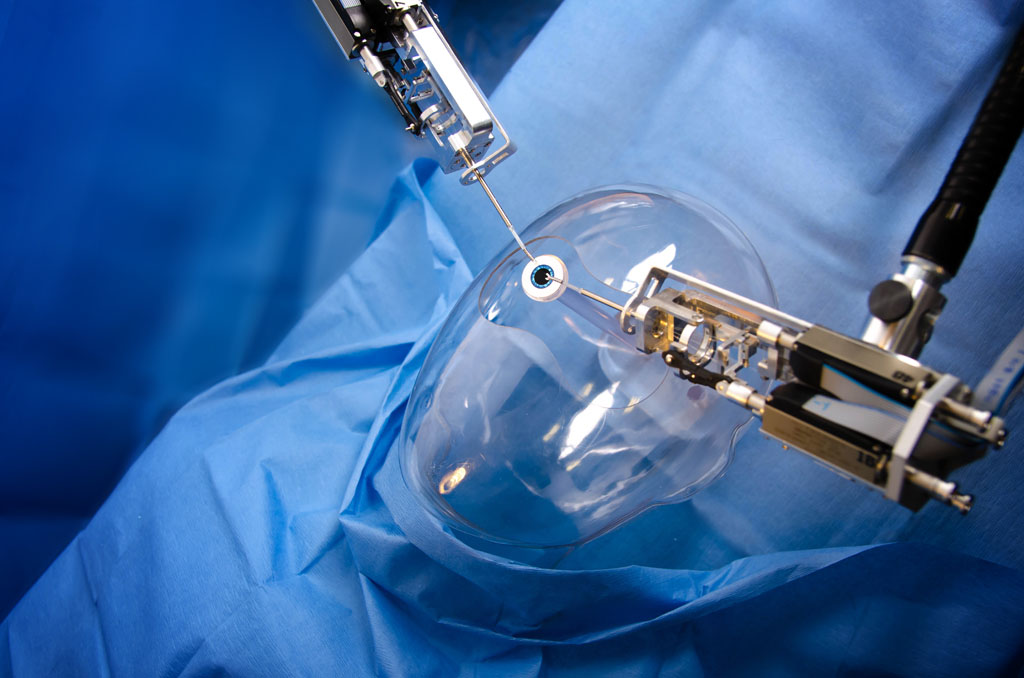Miniaturized Robotics Advance Surgical Innovation
By HospiMedica International staff writers
Posted on 29 Dec 2016
Miniature robotic systems could provide increased precision, minimally invasive access, and highly accurate navigation for a wide variety of clinical procedures that cannot be carried out with current surgical robots.Posted on 29 Dec 2016
The Axsis prototype surgical robot is the size of a soda can and use instruments only 1.8 millimeters in diameter. The smaller robot allows surgeons and doctors to work with multiple sets of tools, and to get closer to the patient without the barrier of large equipment. It also makes the procedures less invasive by enabling surgeons to create much smaller incisions. The smaller size of the robot also results in cost savings, lowering the barrier to entry for less experienced robotic surgeons and smaller hospitals, as robotic tools can be swapped in and out as needed.

Image: The Axsis prototype surgical robot could revolutionize cataract surgery (Photo courtesy of Cambridge Consultants).
Traditional surgical robots are large by design, stemming from the need to control long, straight instruments inserted into the patient. The need for systems to be physically large is heightened by the forces they need to exert during surgery, the requirement to adapt to multiple configurations, and the degrees of freedom needed to effectively operate them. By using flexible instruments instead of straight ones, Axsis eliminates the need for a large range of motion outside the body. The flexible instrument design also allows the outer diameter of the minimally invasive access point to be reduced.
Designed and developed by Cambridge Consultants (United Kingdom), Axsis technology was demonstrated during simulated cataract surgery as an example of a procedure that could benefit from miniature robotics. But the novel system design could allow for robotics to be used in procedures that are currently only performed by hand, such as the placement of certain neurostimulation implants, or other high precision surgical procedures that are not possible with current robotic systems.
“Axsis proves that it is not only possible to create surgical robots that are smaller than ever before – but also to target surgical procedures with robotics that were previously out of reach,” said Chris Wagner, head of advanced surgical systems at Cambridge Consultants. “Take cataract surgery, for example. It is performed by hand, under a microscope, with tools that are about two millimetres in diameter. If we can build robots at this size scale, surgeons of all levels of experience can benefit, improving procedure outcomes and allowing more facilities to offer cataract procedures.”
Related Links:
Cambridge Consultants














